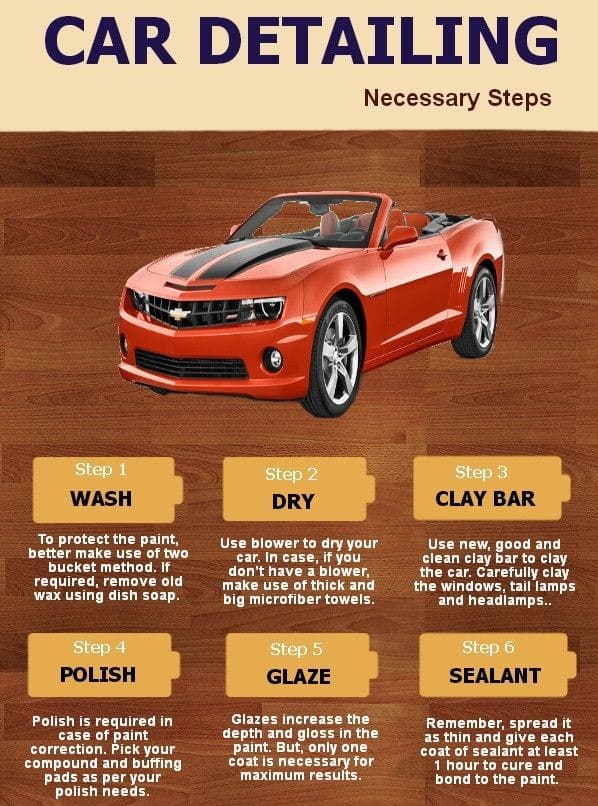Car wax is an essential product for maintaining the appearance and protection of a vehicle’s paintwork. It provides a protective layer that shields the paint from environmental damage and enhances the overall shine. With numerous car waxes available in the market, it can be challenging to determine the best option. This guide aims to provide a comprehensive overview of choosing the best car wax, including factors to consider, top product recommendations, application techniques, and maintenance tips.
Understanding Car Wax
Car wax is a fundamental component of automotive maintenance, playing a crucial role in preserving the appearance and protecting the exterior surfaces of vehicles. It serves as a barrier between the paint and various environmental contaminants, offering a shield against factors such as UV rays, water spots, and oxidation. This section aims to provide a comprehensive understanding of car wax, including its composition, benefits, and application.
What is Car Wax?
Car wax is a specialized product designed to safeguard and enhance the exterior surfaces of vehicles. It typically consists of natural waxes, such as carnauba, beeswax, or synthetic polymers, formulated to create a protective layer on the paintwork. Carnauba wax, derived from the leaves of the Brazilian palm tree, is renowned for its warm glow and natural water-repellent properties, making it a popular choice among car enthusiasts. Synthetic waxes, on the other hand, offer enhanced durability and longevity, often incorporating advanced polymers for extended protection.
Importance of Using Car Wax
The application of car wax is essential for maintaining the overall aesthetic appeal of a vehicle. By forming a protective barrier, car wax acts as a shield against environmental elements, preventing damage to the paintwork. One of the primary benefits of car wax is its ability to inhibit oxidation, which can lead to fading and deterioration of the paint over time. Additionally, car wax provides a glossy finish that enhances the visual appeal of the vehicle, making it stand out on the road.
Furthermore, car wax facilitates easier cleaning by allowing dirt, grime, and water to slide off the surface more effortlessly. This not only reduces the effort required for regular maintenance but also helps in preserving the paint from potential abrasions during cleaning processes. The hydrophobic properties of car wax promote water beading, preventing water from lingering on the surface and reducing the likelihood of water spots and mineral deposits.
In essence, car wax serves as a protective shield, preserving the integrity and appearance of the vehicle’s paintwork while enhancing its overall shine.
Application of Car Wax
The process of applying car wax involves several key steps to ensure effective protection and enhancement of the vehicle’s exterior surfaces. Before applying the wax, it is crucial to thoroughly wash and dry the vehicle to remove any dirt, dust, or contaminants that may interfere with the bonding of the wax to the paint. Additionally, ensuring that the surface is cool and out of direct sunlight is essential to prevent premature drying of the wax, which can make it challenging to remove and affect the overall finish.
Once the surface is prepared, a small amount of wax is applied to a foam applicator pad and worked into the paint in a circular motion. This allows for even distribution and coverage of the wax across the surface. After allowing the wax to haze over, indicating that it has bonded with the paint, it is then buffed off with a clean microfiber towel to reveal a high-gloss finish. This buffing process not only enhances the shine but also ensures that any excess wax is removed, leaving the surface smooth and protected.
Factors to Consider When Choosing Car Wax
Selecting the right car wax is essential for maintaining the appearance and protection of a vehicle’s paintwork. With a myriad of options available in the market, it’s crucial to consider several key factors to ensure that the chosen wax meets specific needs and preferences. This section delves into the important considerations when choosing car wax, including the type of wax, application method, durability, UV protection, and water beading.
Type of Wax
One of the primary considerations when choosing car wax is the type of wax itself. Car waxes are available in various formulations, with the two main categories being natural waxes, such as carnauba, and synthetic waxes. Carnauba wax is known for its warm glow and natural water-repellent properties, making it a popular choice for enthusiasts seeking a rich, deep shine. On the other hand, synthetic waxes often incorporate advanced polymers, offering enhanced durability and longevity. Understanding the characteristics and benefits of each type of wax can help individuals make an informed decision based on their specific requirements and desired finish.
Application Method
The application method of car wax is another crucial factor to consider, as it can impact the overall convenience and effectiveness of the waxing process. Car waxes are available in various forms, including liquid, paste, and spray. Liquid wax is generally easy to apply and suitable for all paint types, making it a popular choice for individuals seeking a hassle-free application process. Paste wax, on the other hand, provides a thicker protective layer and is ideal for older vehicles with weathered paint, offering enhanced protection and shine. Spray wax, known for its convenience and quick application, is suitable for regular touch-ups and maintenance, catering to those seeking a rapid and efficient waxing solution.
Durability
The durability of car wax is a critical consideration, as it directly impacts the longevity of the protective layer and the frequency of reapplication required to maintain optimal protection. High-quality car waxes are formulated to provide long-lasting protection, reducing the need for frequent reapplication and ensuring that the vehicle’s paintwork remains shielded from environmental elements. Understanding the durability of the wax can help individuals select a product that aligns with their maintenance preferences and time constraints, ensuring that the protective layer remains intact for an extended period.
UV Protection
UV protection is an essential feature to consider when choosing car wax, especially for individuals residing in areas with intense sun exposure. Quality car waxes offer UV resistance, safeguarding the vehicle’s paint from the harmful effects of sun exposure, including fading and oxidation. By selecting a wax with reliable UV protection, individuals can ensure that their vehicle’s paintwork maintains its original color and shine, even in the face of prolonged sun exposure.
Water Beading
The ability of car wax to promote water beading is an important factor to consider, as it influences the wax’s hydrophobic properties and its effectiveness in repelling water from the vehicle’s surfaces. Water beading not only enhances the visual appeal of the vehicle by creating a sleek, uniform appearance after rain or washing but also reduces the likelihood of water spots and mineral deposits by allowing water to slide off the surface effortlessly. By choosing a wax that promotes water beading, individuals can ensure that their vehicles remain protected and maintain a clean, polished appearance.
Top 10 Car Waxes in the Market
Meguiar’s Ultimate Liquid Wax
Known for its advanced synthetic polymers that provide long-lasting protection and incredible water beading, Meguiar’s Ultimate Liquid Wax is a popular choice among car owners looking for a high-quality wax with easy application and exceptional results.
CarGuys Hybrid Wax Sealant
This product offers a deep, glossy finish and provides excellent UV protection. CarGuys Hybrid Wax Sealant is appreciated for its durability and ability to enhance the shine of the vehicle’s paintwork.
Collinite 845 Insulator Wax
Renowned for its durability and resistance to extreme weather conditions, Collinite 845 Insulator Wax is favored by many car enthusiasts for its long-lasting protection and ability to withstand harsh environmental elements.
P21S Carnauba Wax
This wax contains high-quality carnauba wax that delivers a brilliant shine and exceptional protection. P21S Carnauba Wax is known for its ease of application and ability to enhance the depth of color on the vehicle’s paint.
Chemical Guys Butter Wet Wax
Chemical Guys Butter Wet Wax is appreciated for its ease of application and its ability to provide a deep, glossy finish. It is a popular choice among car owners seeking a wax that enhances the visual appeal of their vehicles.
Griot’s Garage Best of Show Wax
This wax provides a stunning, deep gloss and is suitable for all paint types. Griot’s Garage Best of Show Wax is well-regarded for its ability to enhance the shine and depth of the vehicle’s paint, making it a favorite among car care enthusiasts.
Turtle Wax Super Hard Shell Wax
A budget-friendly option that provides reliable protection and shine, Turtle Wax Super Hard Shell Wax is a popular choice for individuals seeking an affordable yet effective wax for their vehicles.
Mothers California Gold Pure Brazilian Carnauba Wax
This wax contains pure Brazilian carnauba wax for a deep, rich shine. Mothers California Gold Pure Brazilian Carnauba Wax is known for its ability to provide a lustrous finish and long-lasting protection.
Adams Polishes Buttery Car Wax
Adams Polishes Buttery Car Wax is appreciated for its excellent durability and smooth application, making it a preferred choice for individuals seeking a wax that is easy to use and provides lasting protection.
3M Perfect-It Show Car Paste Wax
Offering a high-gloss finish and long-lasting protection, 3M Perfect-It Show Car Paste Wax is a popular choice among car enthusiasts looking for a wax that delivers exceptional shine and durability.
It’s important to note that the effectiveness and suitability of a car wax can vary based on factors such as the type of paint, environmental conditions, and individual preferences. Therefore, it’s recommended to research and consider specific needs before selecting a car wax for your vehicle.
How to Apply Car Wax
Applying car wax is a crucial step in maintaining the appearance and protection of a vehicle’s paintwork. Proper application ensures that the wax forms a protective layer, enhancing the shine and safeguarding the paint from environmental elements. This section provides a comprehensive guide on how to apply car wax effectively, covering the preparation, application, and buffing stages.
Preparation
Before applying car wax, it is essential to prepare the vehicle’s surface to ensure optimal bonding and effectiveness of the wax. The preparation process typically involves the following steps:
-
Wash the Vehicle: Thoroughly wash the vehicle using a high-quality car shampoo to remove dirt, grime, and contaminants from the paintwork. This step is crucial as it ensures that the surface is clean and free from debris, allowing the wax to bond effectively.
-
Dry the Surface: After washing the vehicle, dry the surface using a clean microfiber towel to remove any remaining water. It is important to ensure that the surface is completely dry before applying the wax to prevent water spots and ensure proper adhesion.
-
Surface Inspection: Inspect the vehicle’s paintwork to identify any imperfections, such as scratches or swirl marks. Addressing these imperfections before applying the wax can help in achieving a smoother and more uniform finish.
Application
Once the vehicle’s surface is thoroughly prepared, the application of car wax can commence. The application process typically involves the following steps:
-
Select the Applicator: Choose a high-quality foam or microfiber applicator pad for applying the wax. The applicator pad should be clean and free from debris to prevent any contaminants from being transferred onto the vehicle’s surface.
-
Apply the Wax: Dispense a small amount of wax onto the applicator pad. Start by applying the wax to a small section of the vehicle’s surface in a back-and-forth or circular motion, ensuring even coverage. It is important to follow the manufacturer’s instructions regarding the amount of wax to be applied and the recommended application method.
-
Work in Sections: To ensure thorough coverage and prevent the wax from drying prematurely, work on the vehicle in small sections, gradually moving from one area to another. This approach allows for focused application and ensures that each section receives adequate attention.
Buffing
After the wax has been applied and allowed to haze over, the final step involves buffing the surface to reveal a high-gloss finish. The buffing process typically involves the following steps:
-
Select a Clean Towel: Choose a clean, high-quality microfiber towel for buffing the wax. The towel should be free from debris and contaminants to prevent scratching or marring the paintwork.
-
Buff the Surface: Using the clean microfiber towel, gently buff the surface in a back-and-forth or circular motion to remove the haze and reveal the glossy finish. It is important to apply light pressure during the buffing process to avoid damaging the wax or the paint.
-
Complete the Buffing Process: Continue buffing the entire vehicle’s surface, ensuring that all areas have been thoroughly buffed to reveal a uniform shine. Inspect the surface carefully to identify any areas that may require additional buffing.
Tips for Maintaining Car Wax
Maintaining car wax is essential for preserving the protective layer and ensuring that the vehicle’s paintwork remains in optimal condition. By following specific maintenance tips, individuals can prolong the effectiveness of the wax, enhance the vehicle’s appearance, and safeguard the paint from environmental elements. This section provides valuable tips for maintaining car wax, including regular cleaning, avoiding abrasive cleaners, parking in shaded areas, and reapplication.
Regular Cleaning
Regular cleaning of the vehicle is crucial for maintaining the integrity of the wax and preserving the paintwork. It is advisable to wash the vehicle frequently using a pH-balanced car shampoo to remove dirt, grime, and contaminants from the surface. Regular cleaning not only helps in preserving the protective layer of wax but also ensures that the vehicle maintains a clean and polished appearance. By incorporating regular cleaning into the maintenance routine, individuals can prevent the buildup of dirt and debris, maintaining the effectiveness of the wax.
Avoiding Abrasive Cleaners
When cleaning the vehicle, it is important to avoid using harsh detergents or abrasive cleaners that can strip away the protective layer of wax. Abrasive cleaners can compromise the integrity of the wax, leading to diminished protection and a reduction in the vehicle’s overall shine. Using gentle, non-abrasive cleaning products and techniques helps in preserving the wax and ensuring that the protective layer remains intact, prolonging the life of the wax and maintaining the vehicle’s appearance.
Parking in Shade
Parking the vehicle in shaded areas whenever possible is an effective way to maintain the integrity of the wax. Direct exposure to sunlight can accelerate the degradation of the wax, leading to premature wear and diminished protection. By parking the vehicle in shaded areas, individuals can minimize sun exposure and prolong the effectiveness of the wax, ensuring that the protective layer remains intact. Additionally, parking in shaded areas helps in preserving the vehicle’s overall appearance by reducing the impact of environmental elements.
Reapplication
Regular reapplication of car wax is essential for ensuring continuous protection and maintaining the vehicle’s shine. Over time, the protective layer of wax can diminish due to exposure to environmental elements and regular wear. Therefore, it is recommended to monitor the condition of the wax and reapply it as needed to maintain optimal protection. The frequency of reapplication depends on factors such as the type of wax used, driving conditions, and environmental exposure. By staying vigilant and reapplying the wax at appropriate intervals, individuals can ensure that their vehicles remain adequately protected and maintain a beautiful, glossy appearance.
By incorporating these maintenance tips into their car care routines, individuals can ensure that the protective layer of wax remains intact and the vehicle’s paintwork is safeguarded from environmental elements. Regular cleaning, avoiding abrasive cleaners, parking in shaded areas, and timely reapplication are essential practices for preserving the effectiveness of car wax and maintaining the overall appearance of the vehicle.
Conclusion
In conclusion, car wax plays a pivotal role in maintaining the appearance and protecting the exterior surfaces of vehicles. By forming a protective barrier, car wax safeguards the paint from environmental contaminants, UV rays, and other detrimental factors, while enhancing the overall shine and visual appeal of the vehicle. Through this comprehensive guide, individuals can gain a deeper understanding of car wax, including its composition, benefits, factors to consider when choosing, application techniques, and maintenance tips.
Understanding the composition and benefits of car wax provides valuable insights into its protective and aesthetic properties. By selecting the right type of wax and understanding its application method, individuals can ensure that the chosen wax aligns with their specific needs and preferences. Factors such as durability, UV protection, and water beading are essential considerations when choosing car wax, as they directly impact the effectiveness of the wax in preserving the vehicle’s paintwork.
Proper application of car wax involves meticulous preparation, application, and buffing to ensure that the protective layer forms effectively and the vehicle maintains a high-gloss finish. By following the recommended steps and using high-quality products and tools, individuals can achieve optimal results and ensure that the protective layer of wax remains intact.
Furthermore, maintaining car wax through regular cleaning, avoiding abrasive cleaners, parking in shaded areas, and timely reapplication is crucial for preserving the effectiveness of the wax and ensuring that the vehicle’s paintwork remains in optimal condition. These maintenance tips contribute to the longevity of the protective layer, enhancing the vehicle’s appearance and safeguarding the paint from environmental elements.
In essence, car wax serves as a vital element in preserving the integrity and appearance of a vehicle’s exterior surfaces. By understanding its composition, benefits, factors to consider when choosing, application techniques, and maintenance tips, individuals can make informed decisions and ensure that their vehicles remain protected and maintain a stunning, glossy finish for years to come.
Whether it involves enhancing the glossy finish, providing long-lasting protection, or maintaining the overall appearance, the right car wax can make a significant difference in the aesthetic appeal and protection of a vehicle. By incorporating the knowledge and practices outlined in this guide, individuals can ensure that their vehicles maintain a beautiful, glossy appearance while being adequately protected from environmental elements.
Ultimately, the proper selection, application, and maintenance of car wax are integral components of vehicle care, contributing to the longevity and visual appeal of the vehicle’s paintwork. With the right knowledge and approach, individuals can effectively preserve the integrity and appearance of their vehicles, ensuring that they remain in optimal condition for years to come.
Frequently Asked Questions
How often should car wax be applied?
The frequency of wax application depends on factors such as the type of wax used, driving conditions, and environmental exposure. Generally, it is recommended to wax a vehicle every 2-3 months for optimal protection.
Can car wax be applied in direct sunlight?
It is best to apply car wax in a shaded area to prevent premature drying, which can make the wax challenging to remove and affect the overall finish.
Is it necessary to use a specific wax for different paint colors?
While some waxes are formulated for specific paint colors, many high-quality waxes are suitable for all paint types and colors.
Can car wax be used on plastic or rubber trim?
Car wax should be applied carefully around plastic and rubber trim to avoid residue buildup. It is advisable to use specialized trim products for these areas.
What is the shelf life of car wax?
The shelf life of car wax varies depending on the specific product and storage conditions. However, most car waxes have a shelf life of at least one to two years when stored in a cool, dry place and sealed properly.
In summary, understanding the different types of car waxes, their application methods, and the top product recommendations can help individuals make informed decisions when it comes to caring for their vehicles. By following the recommended tips for wax application and maintenance, car owners can ensure that their vehicles maintain a beautiful, glossy appearance while being adequately protected from environmental elements.
If you have any further questions or need assistance with car wax selection or application, feel free to reach out to a professional detailing service or automotive expert for personalized guidance.
Car Wax
Even if you wash your vehicle on a regular basis, you still need to apply a layer of wax once you are done. After all, car wax doesn’t just add shine to your car, it also provides the exterior with some much-needed protection.
However, as you have probably already experienced, it can be rather challenging to find the best car waxes – ones that actually live up to your expectations. So, we decided to take matters into our own hands and to search for the top products on the market ourselves.
Source
How to Wax Your Car: Helpful Tips
In just a few simple steps, our experts break down car care DIY
Car Wax Top Picks
Source
The Car Owner’s Guide to Detailing
Find out how investing in detailing can help extend the life of your car in this infographic
Source
How to Detail your Car Step by Step
This Infographic show How to detail your car step by step
Source


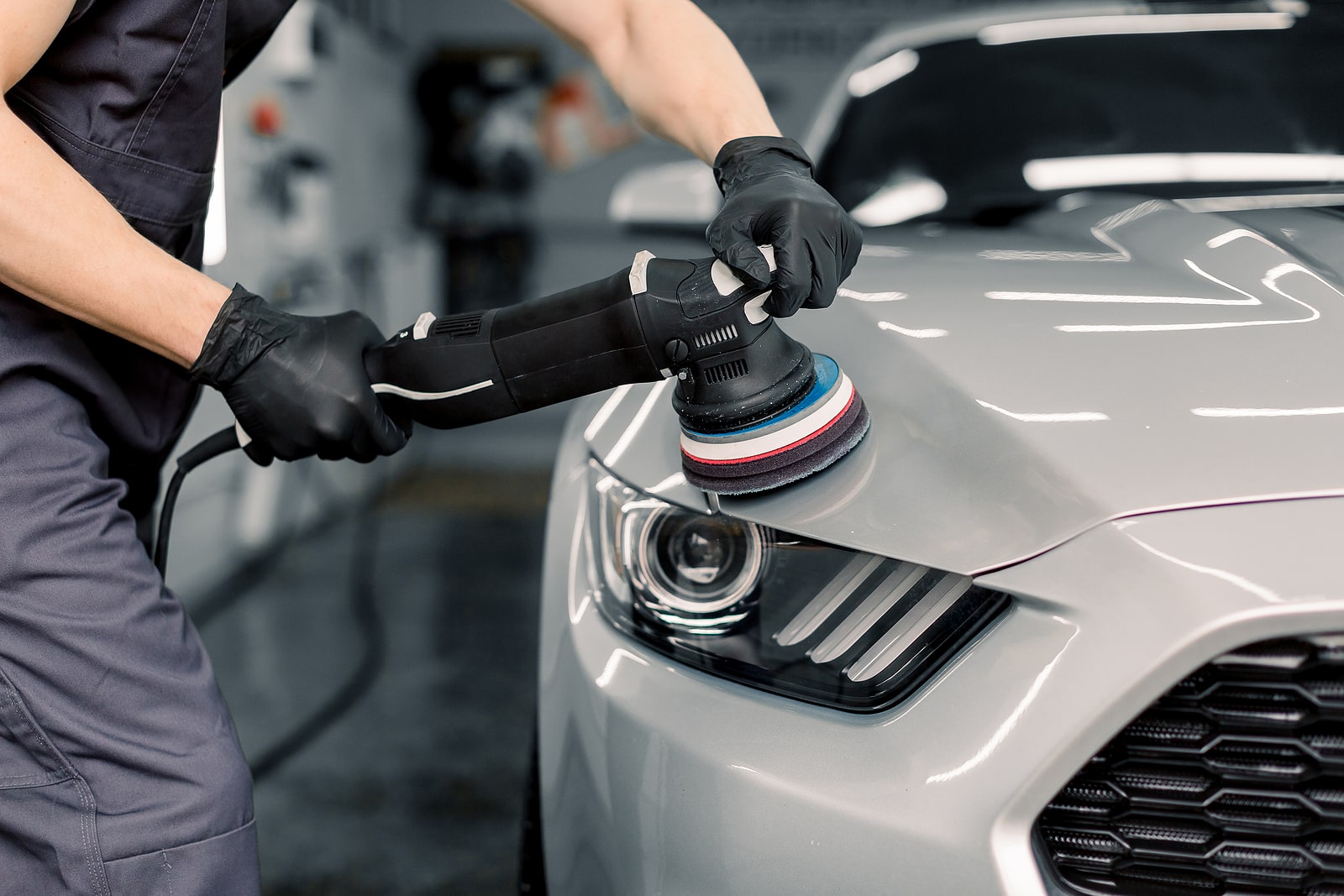
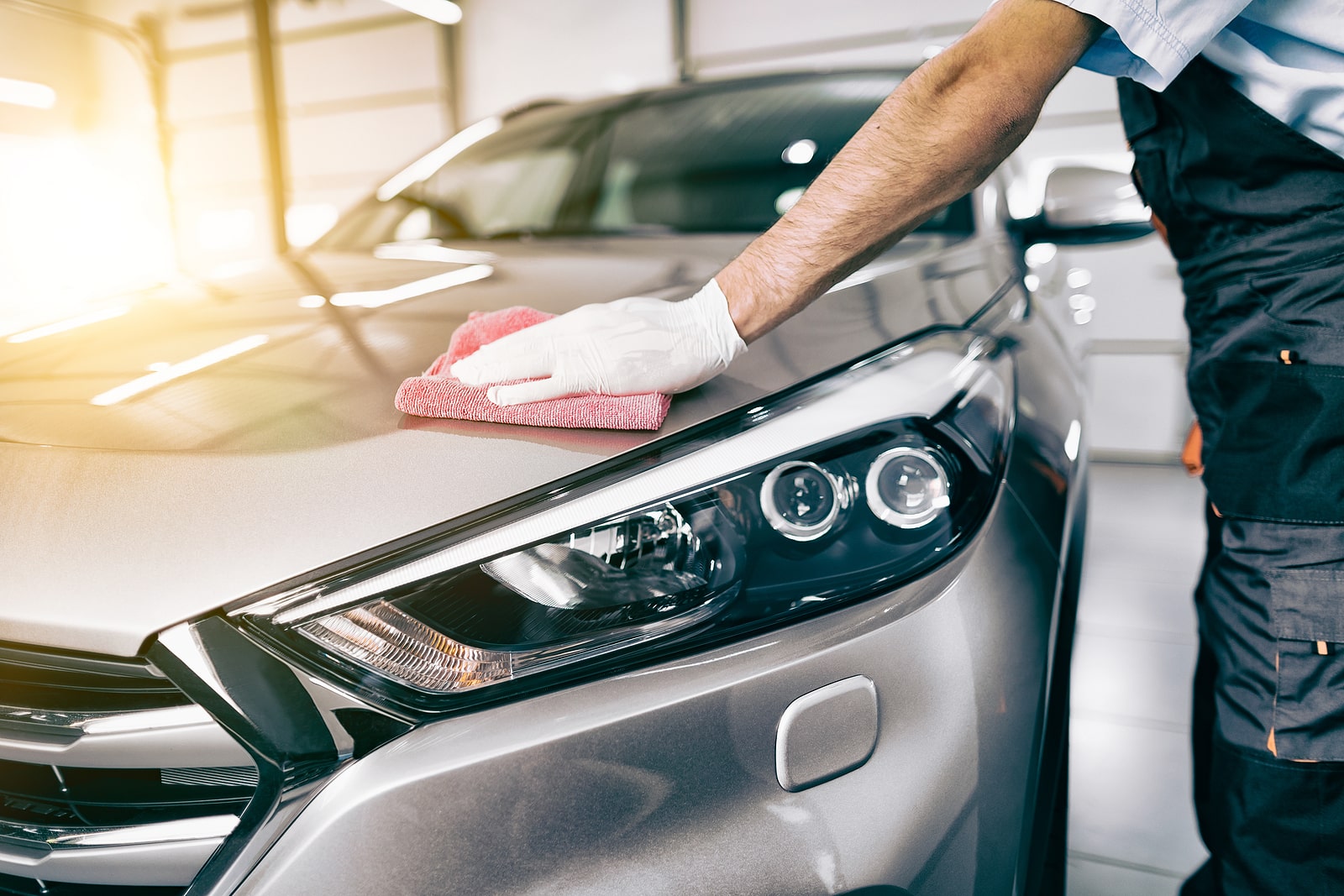
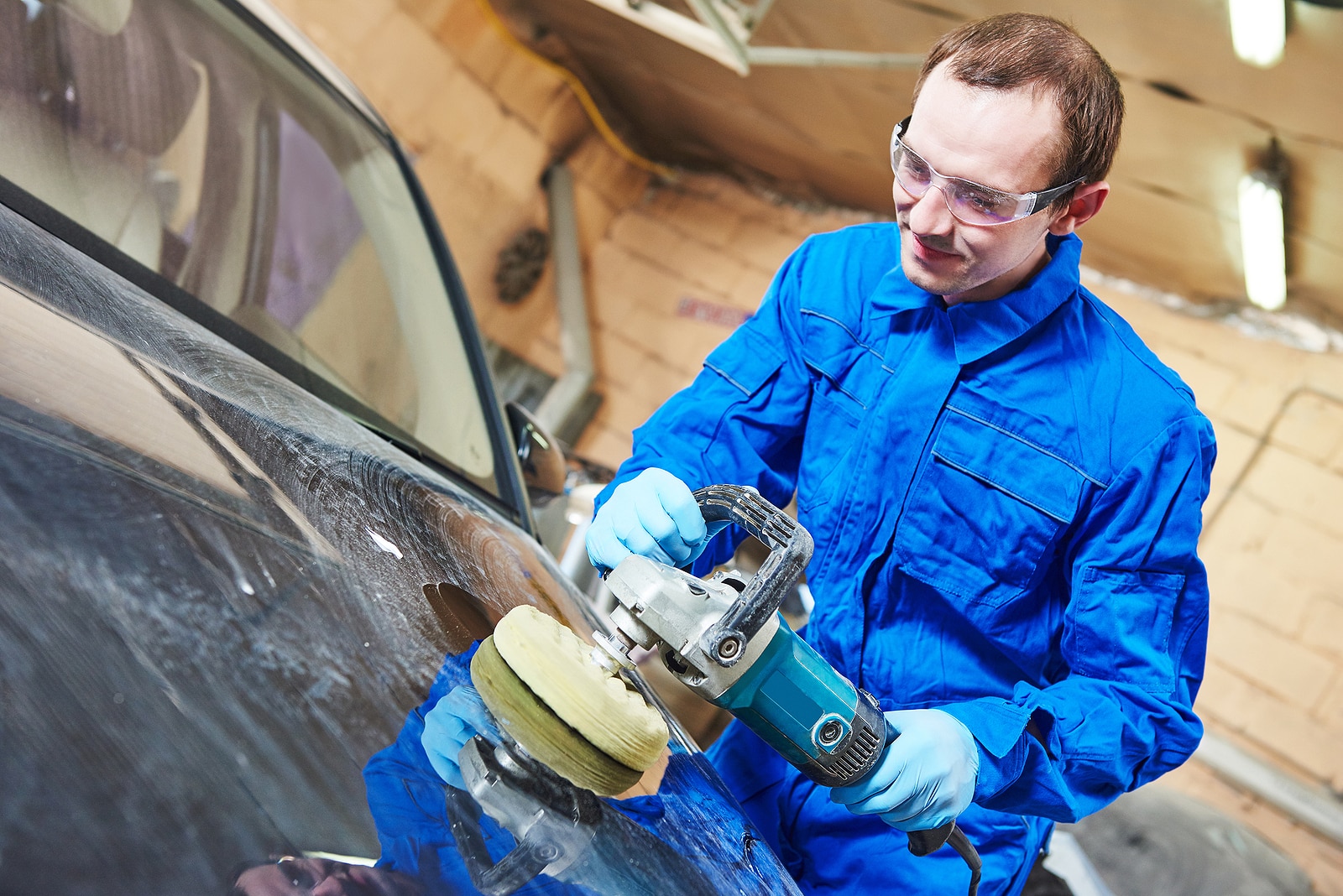
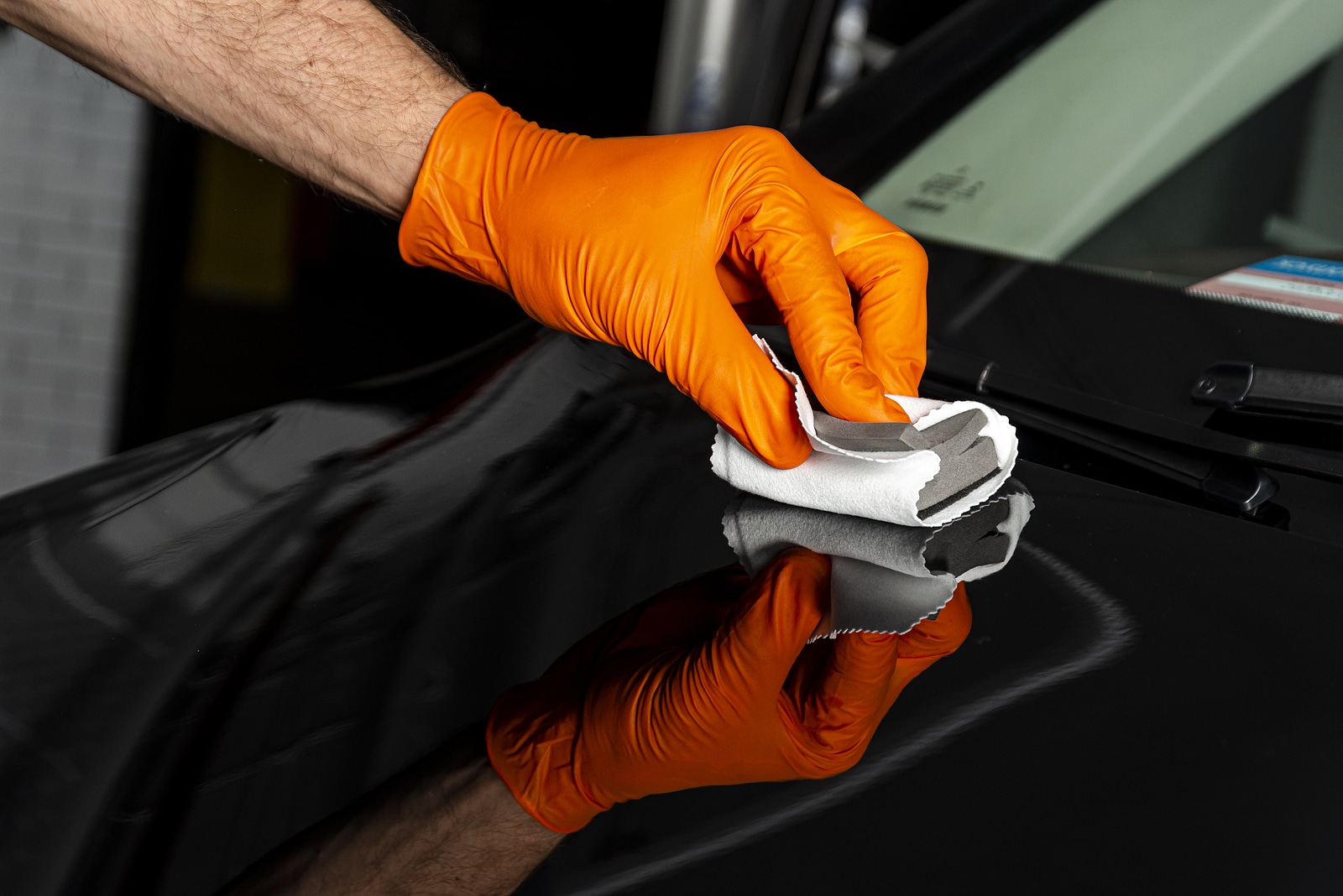
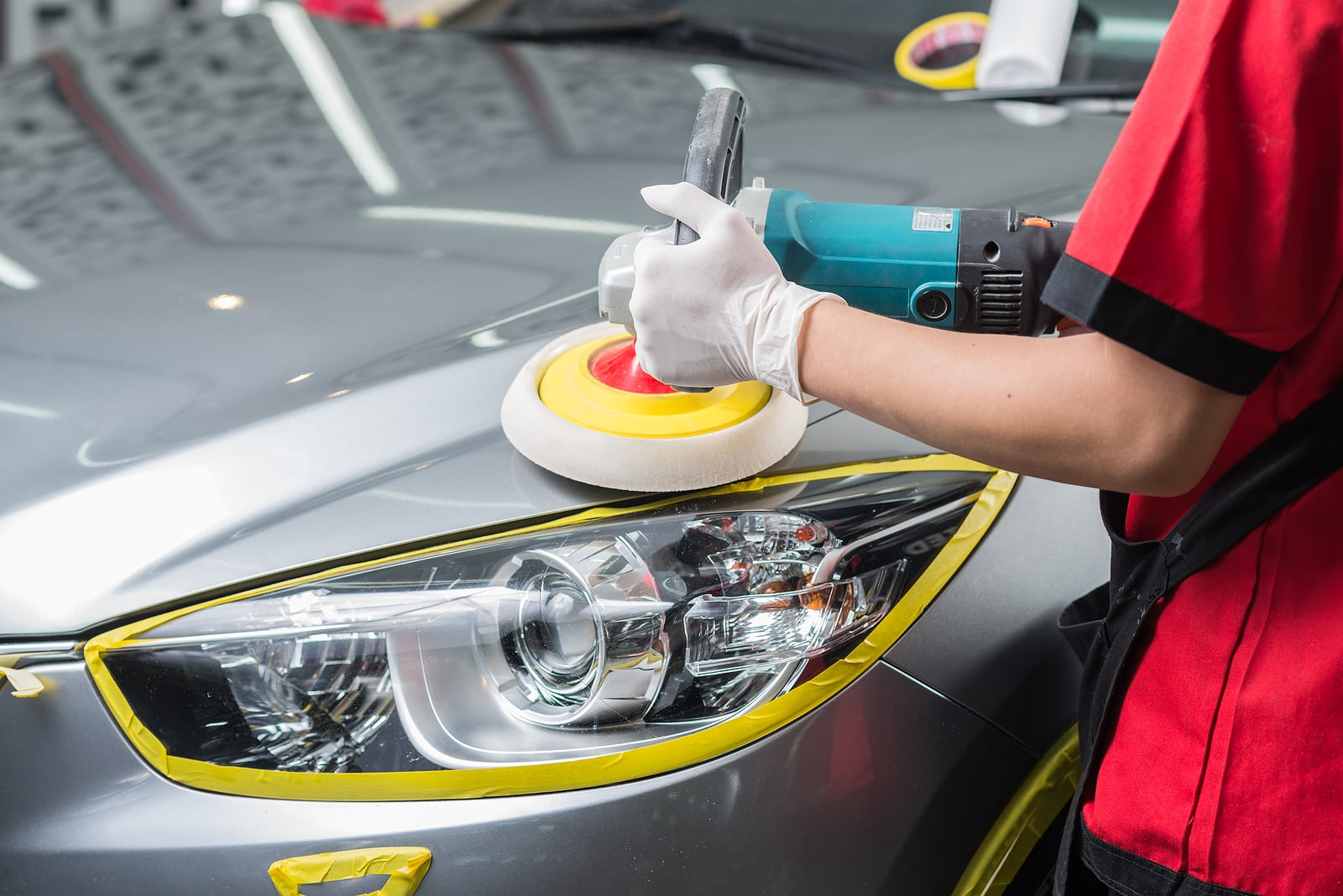

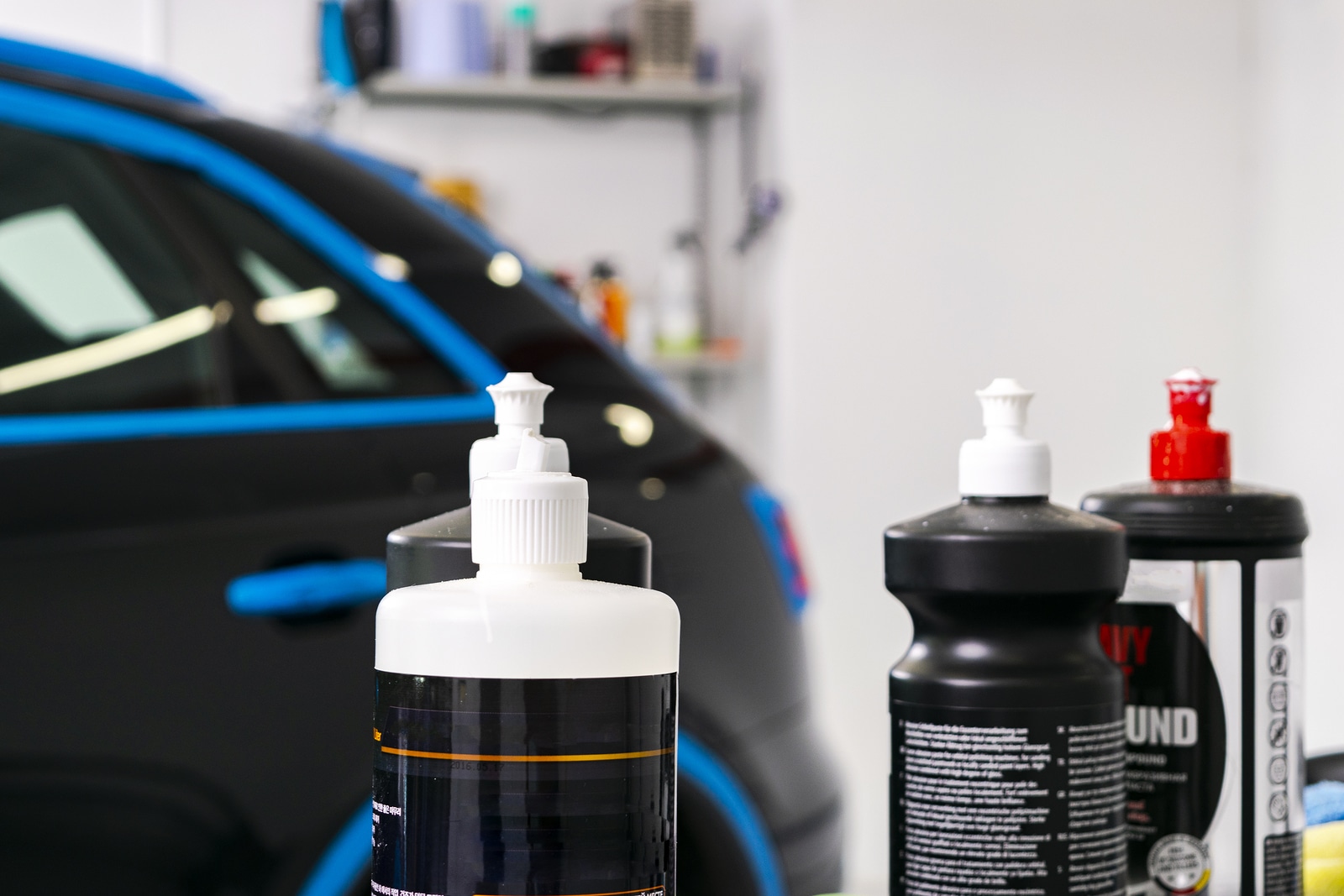
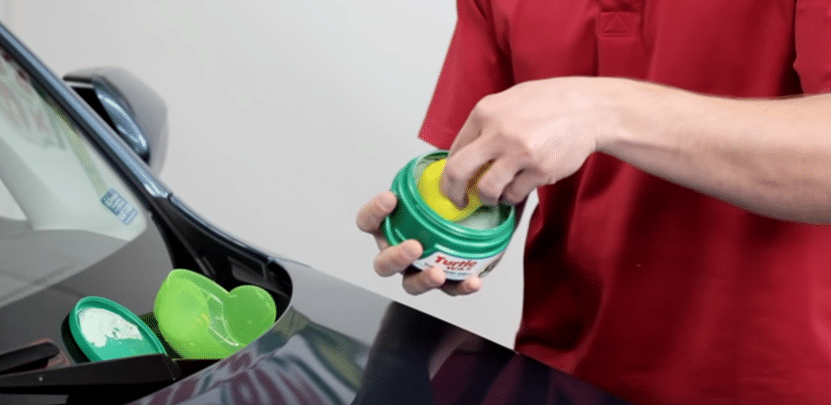
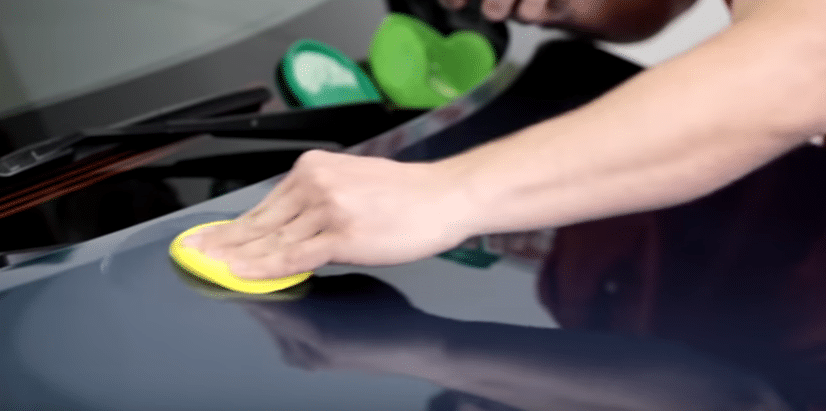
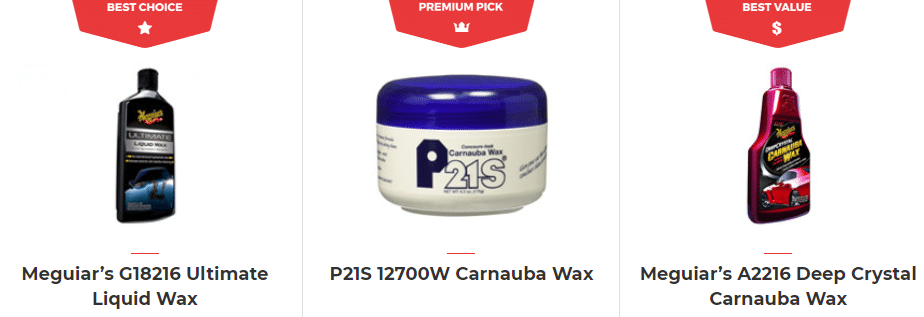
![car wax-The-Car-Owner-s-Guide-to-Detailing-Infographic[3]-crop - Savvy Home Guide](https://savvyhomeguide.com/wp-content/uploads/2019/09/car-wax-The-Car-Owner-s-Guide-to-Detailing-Infographic3-crop.jpg)
